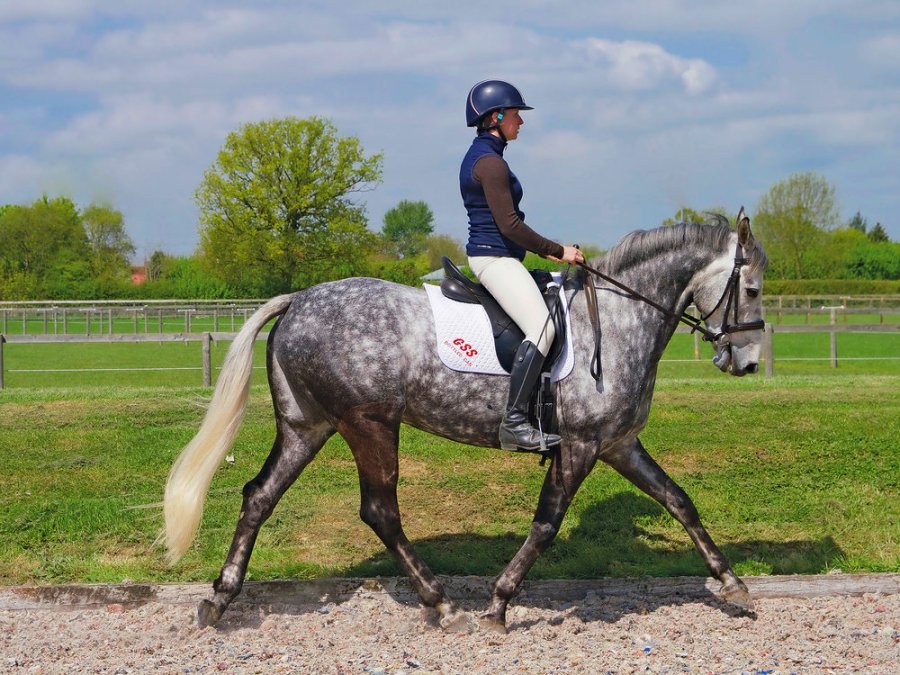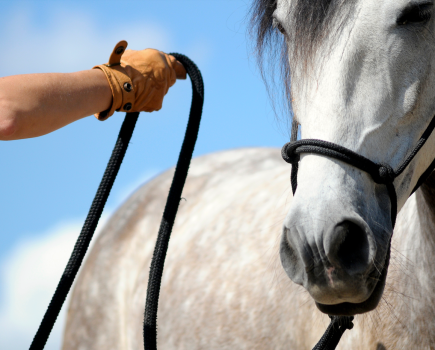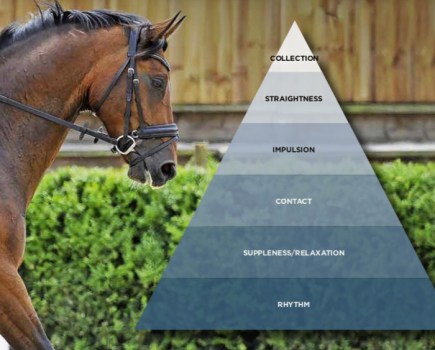Using weight aids correctly is a skill that’s not always taught, but it’s fundamental to effective riding – and a happy, healthy horse.
We can’t expect our horse to work in balance, with the correct posture, if we’re not doing the same.
Classical rider Sylvia Loch explains how to use these essential aids.
Start on the ground
“Using weight aids is just common sense, but we don’t always think about them,” says Sylvia. “Every time you ride, be aware of where your weight goes. Once you know when to deepen and when to lighten, it will make life so much easier for your horse. Eventually this will become second nature.”
On the ground is a good place to start and you don’t need your horse for this.
“Walk purposefully in a straight line and then decide which way you’re going to turn,” says Sylvia. “If that’s left, you’ll automatically put more weight through your left leg to make the turn.”
Try going backwards and forwards from a standstill and feel how you tip your pelvis to allow your legs to move back. This will help your horse to lift his back when he’s asked to execute this movement.
Then halt – what does that feel like? Thinking ‘up’ is what you do on the ground, so do the same on your horse.
Weight aids for shoulder-in left
- Sitting tall and central, start the shoulder-in with a 10m circle to the left in one corner of the school. This prepares your horse by bending him to the inside. This bend is required for the duration of the movement.
- As you ride the circle, your inside leg supports him at the girth and you put a little more downward pressure into the seat bone and stirrup.
- When you get back to the track, ride the first step of a new circle then centralise your weight and think sideways.
- Now move your inside leg against his body behind the girth, applying sideways pressure. This is a very different feel from downwards pressure – a gentle nudge or tap is all that’s required to send your horse in the opposite direction.
- In the meantime, your outside leg should quietly support your horse just behind the girth to prevent him from turning back to the track.









